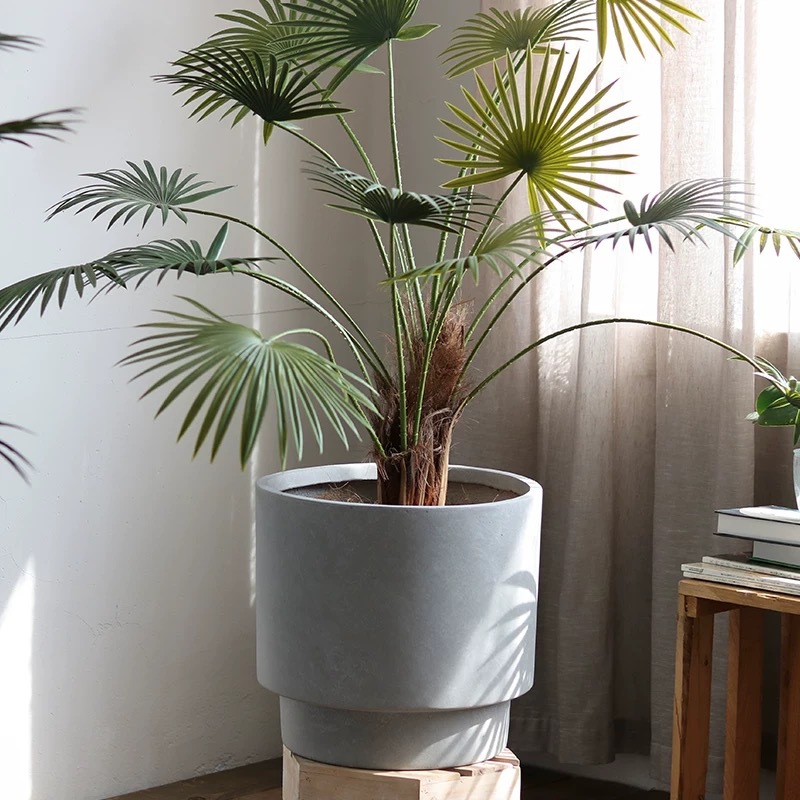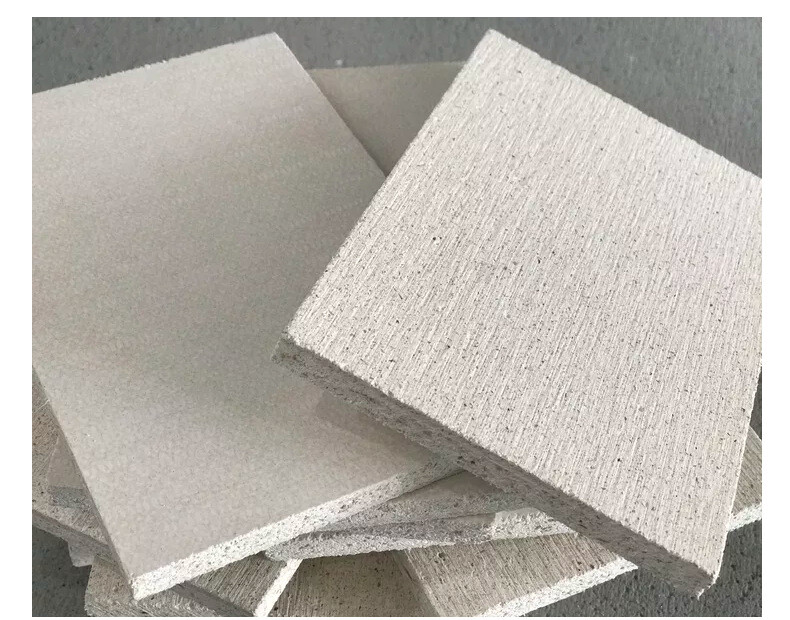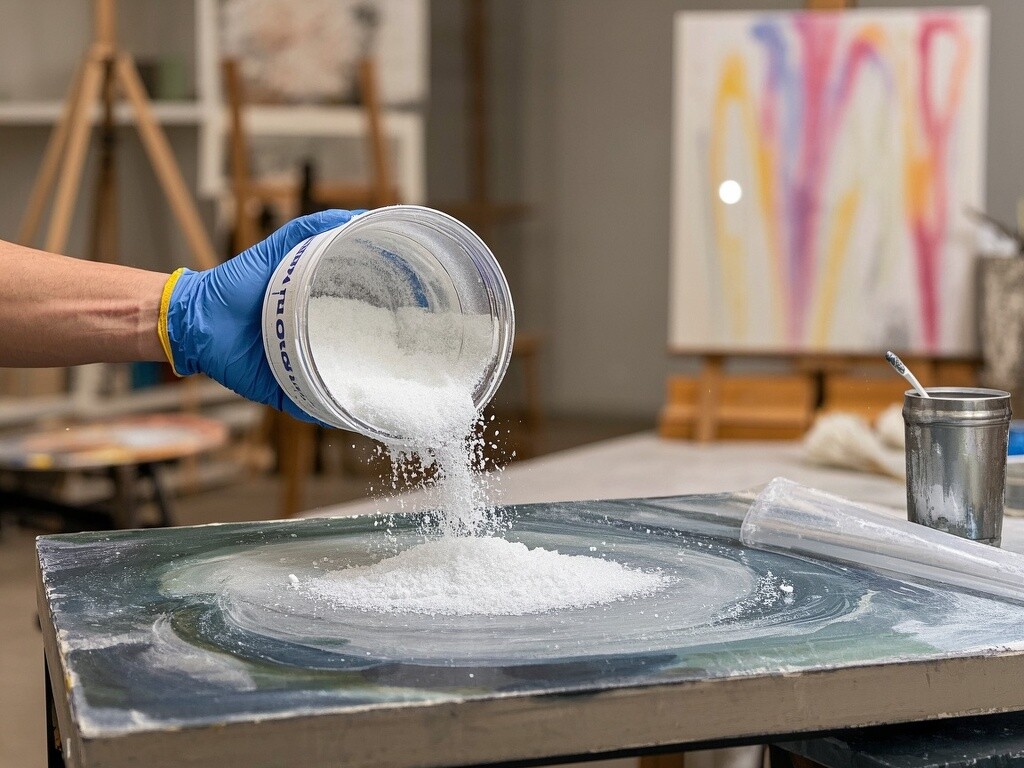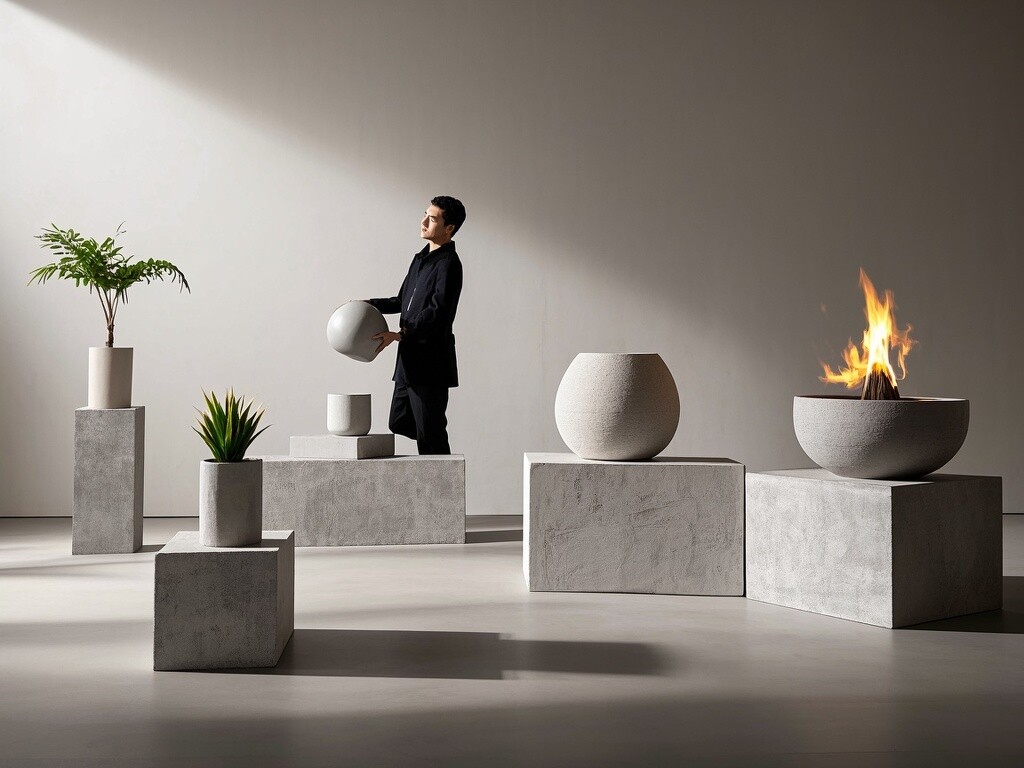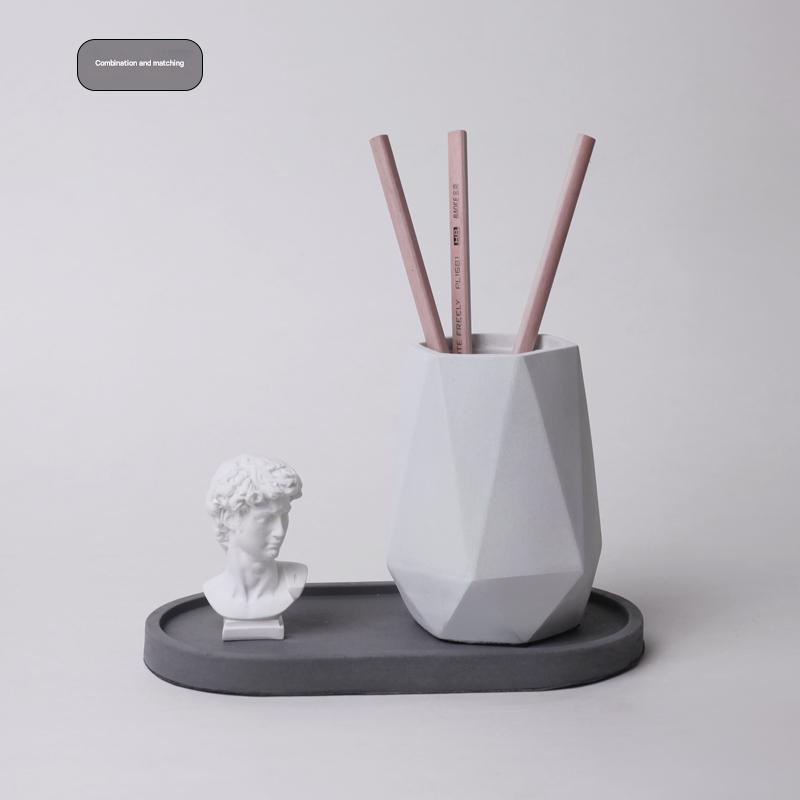Beyond Portland: A New Chemistry for a New Era
To appreciate the value of MgO-based cement, we must first understand the problem with its ubiquitous counterpart, Portland cement. The traditional production of Portland cement is incredibly energy-intensive, requiring temperatures upwards of 1,450°C. This process is a primary global source of carbon dioxide emissions, releasing nearly a ton of CO2 for every ton of cement produced.
Magnesium oxide cement operates on a different principle. It is a non-hydraulic cement primarily composed of magnesium oxide (MgO), derived from magnesite ore, and a magnesium chloride or sulfate solution. Its curing process is a chemical reaction that occurs at much lower temperatures, significantly reducing the embodied energy from the start. This fundamental difference in chemistry is the key to its environmental and performance advantages.
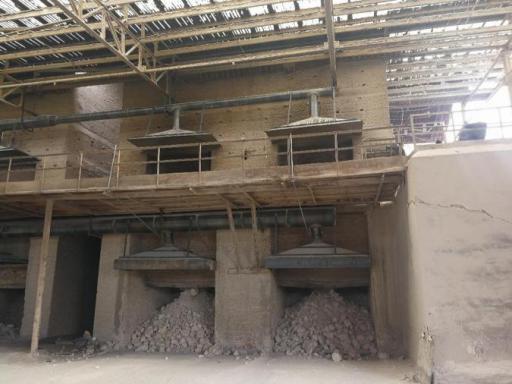
The Core Environmental Advantages
- Drastically Reduced Carbon Footprint: The production of MgO cement can generate up to 80% less CO2 compared to Portland cement. Some formulations, especially those utilizing industrial by-products or optimized sourcing, can even approach carbon neutrality.
- Lower Firing Temperatures: While Portland cement requires kiln temperatures above 1,400°C, MgO is calcined at around 700-1000°C, leading to substantial energy savings.
- Potential for Carbon Sequestration: As MgO-based products cure and age, they can slowly reabsorb CO2 from the atmosphere through a process called carbonation, making them a dynamic, carbon-absorbing material over its lifecycle.
Practical Performance for Demanding Designs
Environmental benefits are meaningless without performance. Fortunately, magnesium oxide cement excels here, too, offering properties that directly benefit designers and their clients.
Superior Moisture and Mold Resistance
This is one of its most celebrated traits. Unlike gypsum board, which disintegrates when wet, MgO boards are highly resistant to moisture. This makes them ideal for high-humidity areas like bathrooms, kitchens, basements, and exterior sheathing. Their inorganic nature also prevents mold and mildew growth, contributing to healthier indoor air quality—a key concern for wellness-focused design.
Exceptional Fire Resistance
MgO cement is inherently fire-resistant. It is non-combustible and can achieve high fire-resistance ratings (often 2-4 hours), making it an excellent choice for firewalls, shaft enclosures, and other applications where life safety is paramount. When exposed to fire, it does not release toxic fumes, a critical advantage over some synthetic materials.
Strength and Durability
Panels made with this material are notably strong, impact-resistant, and dimensionally stable. They are less prone to warping, cracking, or shrinking compared to some traditional substrates, ensuring a long-lasting, high-quality finish for your projects.
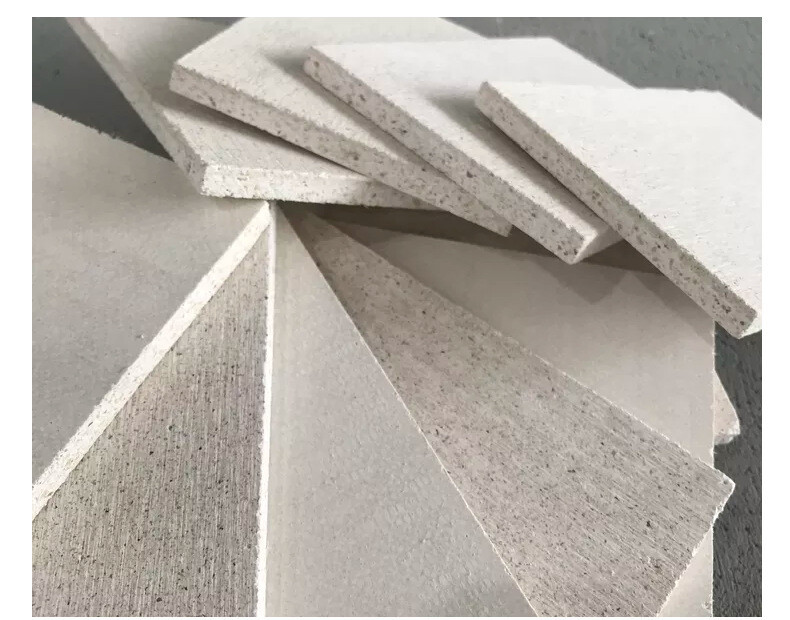
Bridging the Gap: From Specification to Installation
Understanding how to specify and work with a new material is crucial. MgO boards are installed similarly to drywall or cement board. They can be cut with standard tools, though carbide-tipped blades are recommended due to their abrasiveness. They accept a wide range of finishes, including paint, tile, and veneers.
Designer Tip: Always source MgO boards from reputable manufacturers. The industry has evolved, and modern, well-formulated boards have addressed earlier issues related to corrosion of metal studs or efflorescence. Look for suppliers who provide technical data sheets and can verify their product's long-term stability.
Comparative Snapshot: Why Make the Switch?
Let's put it in direct comparison for a common application, like interior wall cladding:
- vs. Gypsum Drywall: Superior moisture and mold resistance, higher fire rating, greater strength. A clear upgrade for any application beyond standard, dry interior walls.
- vs. Cement Board: Lighter weight, easier to cut and handle, with a comparable or better environmental profile. Offers a smoother surface for finishing.
- vs. Traditional Portland Cement: Dramatically lower carbon footprint, faster curing times, and the potential for carbon sequestration.
Conclusion: A Responsible Choice for the Modern Designer
The built environment is at a crossroads, and our material choices are the compass. Magnesium oxide cement presents a viable, high-performance path forward. It allows designers to meet demanding aesthetic and functional requirements while genuinely reducing a project's ecological impact. By integrating this innovative material into your palette, you're not just designing a space; you're advocating for a more resilient and sustainable industry.
Related knowledge forum

With over ten years of experience in the research and development of magnesia materials, we inject scientific and technological value and green connotations into your products with our full industry chain technology system and innovative solutions.
Get in Touch
Search from here……

